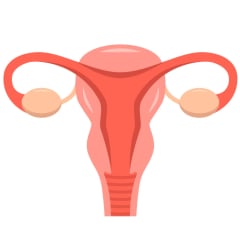While "pipelayer" and "pipefitter" sound similar, they are distinct roles within the construction industry. Here are the key differences between the two:
Pipelayer: A pipelayer is a specialized construction worker who is primarily responsible for the installation of pipelines. Their main focus is on the physical labor involved in laying pipes into the ground. Pipelayers work in trenches or ditches, using heavy equipment to excavate the ground and create pathways for the pipes. They position and align the pipes correctly, ensuring proper slope, grade, and connection. Pipelayers typically work outdoors on construction sites and collaborate closely with other construction professionals, such as equipment operators, laborers, and supervisors. Their expertise lies in the precise and efficient installation of pipelines.
Pipefitter: A pipefitter, on the other hand, is a skilled tradesperson who specializes in the installation, assembly, and maintenance of piping systems. Pipefitters work with various types of pipes, such as steel, copper, plastic, or other alloys, and focus on connecting and fitting pipes, valves, fittings, and other components to create functional pipeline networks. They read and interpret blueprints, measure and cut pipes, weld or join pipes together, and ensure the proper alignment and secure connections of the piping system. Pipefitters may work in various settings, such as commercial buildings, industrial facilities, or construction sites, collaborating with other tradespeople, such as plumbers, welders, or construction teams. Their expertise lies in pipefitting techniques, system design, and maintenance.
In summary, pipelayers primarily focus on the physical installation of pipelines in trenches or ditches, while pipefitters specialize in the assembly and fitting of pipes to create functional piping systems.

